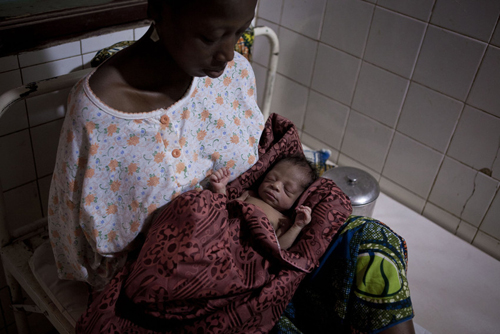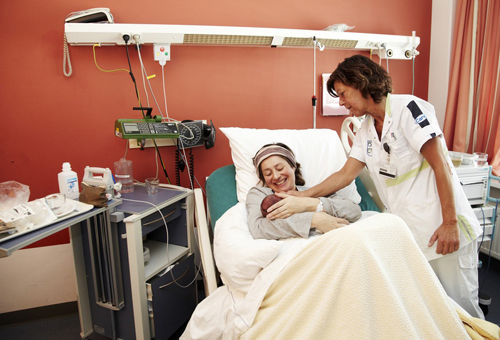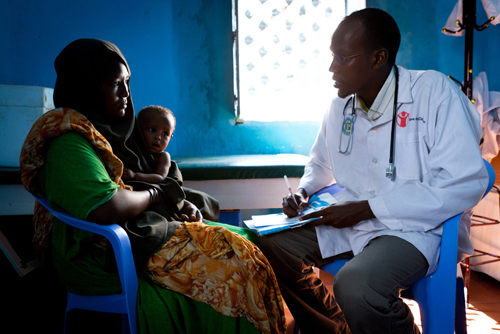Where we stand: A look at the State of the World's Mothers report
Today, international humanitarian organization Save the Children released its annual […]
Today, international humanitarian organization Save the Children released its annual State of the World’s Mothers report. As its title implies, the report details how nations around the world are performing in terms of keeping their moms and babies, quite literally, alive and well.

This year, the report focuses on the first day of a child’s life, which for more than 1 million babies around the globe—in countries both rich and poor—is also their last. In 2011, 3 million babies died in their first month of life; three-quarters of those newborns died in the first week of their lives, and one-third did not survive their first day.
But the saddening statistics are not presented without hope. The three most common causes of newborn death—complications during birth, prematurity, and infection—can be drastically reduced with simple interventions, according to the United Nations and Save the Children. Four critical products in saving newborn lives—which cost between 13 cents and $6—are:
- Steroid injections for women in preterm labor to reduce death due to premature babies’ breathing problems.
- Resuscitation devices to save babies who do not breathe at birth.
- Chlorhexidine cord cleansing to prevent umbilical cord infections.
- Injectable antibiotics to treat newborn sepsis and pneumonia.
Of course, kangaroo mother care and early and exclusive breastfeeding are also key players in the mission to end preventable newborn deaths.

If you feel compelled to help moms like you both far and near (the U.S. has the highest newborn mortality rate—by far—of all the developed nations) give their children a better life, consider getting involved in the progress. Miles offers three can-do suggestions:
- Let your government know you care about these issues. (Save the Children makes it super easy—click here to find out how to get in touch with your local congressman.)
- Raise awareness. Consider sharing this post or the video below on Facebook and Twitter to help spread the word.
- Give a gift. Text NEWBORN to 20222 to make a $10 donation or visit savethechildren.org. (If you’re still looking for a last-minute Mother’s Day gift, this would be a good one.)
Photos courtesy of Save the Children.








